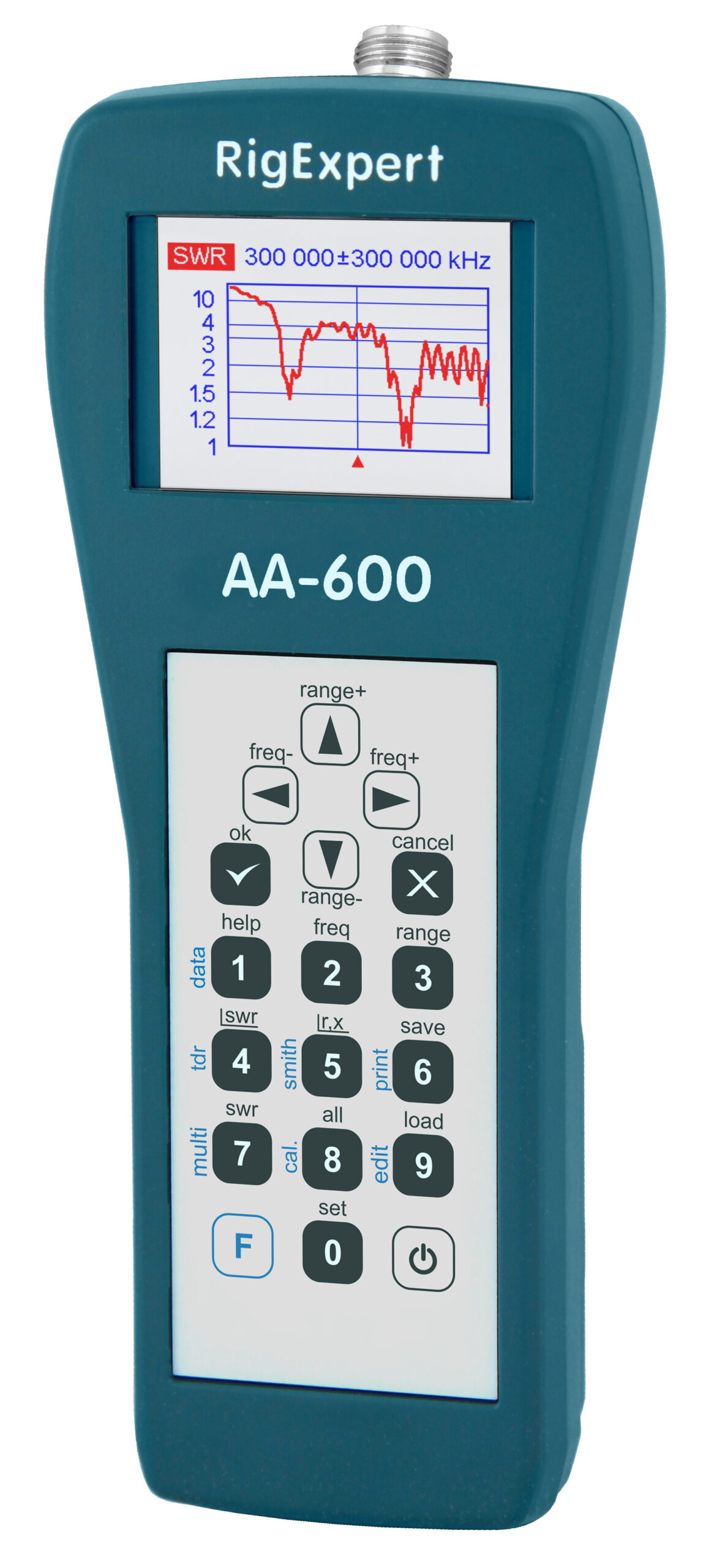How to Tune a Ham Radio Antenna
by Admin

Antennas are resonant devices, which means they work best at one frequency. The goal is to make the antenna usable across the entire band for which it is designed.
This is accomplished by tuning the antenna to be resonant at the desired frequency. It is important to do this in the field, simulating real world conditions. Be sure to keep yourself, pets and kids well away from the antenna while making adjustments!
Measure the length of the antenna.
There are many factors that affect the length of an antenna. These factors can include its mounting height above the ground, its diameter, and its capacitance to ground. These factors can make it difficult to determine the correct length of an antenna. It is often better to cut antennas a little longer than needed and then test them to see how they perform. This reduces the risk of making them too short.
The most common type of antenna is the dipole antenna. This is one of the simplest types of antennas, and it has a good radiation pattern. A simple way to measure the length of a dipole is to divide the frequency of the signal by its wavelength. This will give you the length of the antenna in meters. A more precise measurement can be made using an SWR meter, which will give you a more accurate reading of the antenna’s impedance.
In theory, it is possible to calculate exactly the electrical length of a wire antenna using several different formulas. However, this is not practical in practice, as there are many things that can increase or decrease the length of an antenna. These factors can be things like buildings, trees, and other metallic objects. They can also be changes in the terrain around the antenna.
An ideal antenna should be able to transmit and receive at a frequency that is close to the transmitter’s output. This is known as its operating region. An antenna’s impedance is a key factor in this process, so it is important to measure its performance before installing it.
Another important aspect of an antenna is its gain. This is a measure of how much power it can radiate at a particular frequency. The higher the gain, the more power it can send out at that frequency. An antenna’s gain can be measured using an SWR meter.
It is important to keep your hands and other parts of your body away from an antenna while tuning it. This is because touching an antenna can cause RF burns. It is also a good idea to use a measuring instrument that has a protective shield. This will prevent you from causing any damage to the antenna while tuning it.
Measure the length of the feedline.
Feed lines are the cables used to connect antennas to radios. Their length and characteristic impedance can have a significant impact on the performance of the antenna system. The best antennas are well-matched to their feed line. This allows most of the RF power to be transmitted to the antenna and not reflected back down the line. The VSWR meter is the most important tool for measuring this impedance mismatch.
Ideally, the feed line should be a quarter wavelength long at the operating frequency of the antenna. This will minimize the effect of radiated power from the feed line and make the antenna easier to match to a transmitter or antenna tuner. However, many amateurs use coaxial cables that are much longer than a quarter wave at the operating frequency of the antenna. This makes it more difficult to achieve a good match and can cause problems with RF reflections from the feed line itself.
The actual resonant frequency of an antenna depends on a number of factors, including the length and diameter of the conductors, the distance between them, the velocity factor, and the ground plane. For this reason, the optimum length for an antenna will vary from frequency to frequency. A good way to determine the optimum length for an antenna is to use an RF bridge or GDO to measure its characteristic impedance at the desired frequency. Then, the antenna can be lengthened or shortened to match this value.
A simple, inexpensive antenna can often be made to resonant at the desired frequency by making it just a little shorter than the calculation length. This is especially true for a wire antenna. It is very important to cut the wire very carefully and in small increments. Attempting to make a wire longer than it is designed for will reduce the efficiency of the antenna and could result in it failing after some time due to splice failures and rust.
More complex antennas with impedance matching devices require more precise adjustments. This can be accomplished using an RF bridge or a GDO, but it is also possible to do this by tuning the antenna on its mounting structure in place and simulating real-world conditions. It is also important to test the antenna in open spaces without buildings, light posts or other metallic objects nearby.
Measure the length of the radio.
The antenna is one of the most important components in a radio because it converts the radio waves into electrical signals that the radio can understand and vice versa. The type, height and location of the antenna can have a dramatic impact on the range of the radio.
Ideally, the antenna should be located in an area free from nearby obstructions and should be pointed directly at the horizon line. This can be accomplished with a mobile antenna by suspendeding it from a non-conductive rod and mounting it on a temporary structure as far away from buildings, light posts and other unavoidable local objects as possible.
In addition to the antenna, the feedline can also have a significant effect on the overall SWR of the antenna system. A common feedline problem is common mode currents, which are currents that flow in the shield of the coax cable and can cause unpredictable SWR readings. To eliminate these common mode currents, it is often necessary to add a Common Mode Choke (CMC) to the antenna feedline. This choke is basically a coil of wire wrapped around a rod and can be made very simply. The coil of wire should be about the same size as the rod and have a few turns.
After the radio waves have passed through the antenna and travel down the feedline they must pass through a filter. This filter further enhances the selection work started by the antenna and creates resistance for any radio waves that are outside of its design frequency range. A good quality filter will have very little loss and provide excellent selectivity, which is what allows you to hear the stations you want to listen to.
Another factor that can affect the SWR of an antenna is its current-carrying capacity. This can be reduced by adding a series of parallel capacitors or by adding a choke to the antenna. In either case, the purpose of these devices is to reduce the current-carrying capacity of the antenna so that the reflected energy is dissipated and the SWR is lower.
Measure the length of the SWR meter.
Most SWR meters are capable of displaying both forward and reverse power readings. To get a more accurate reading of the VSWR, connect the meter to an antenna that is resonant on the frequency you are measuring. This will give you a very close reading of the real situation. Alternatively, you can use a spreadsheet on your computer to double check how much to trim the antenna elements for optimal performance. Just type in where your VSWR meter is currently showing and where you want it to be and it will auto-calculate the trimming required!
When the antenna is properly tuned and weatherproofed, the SWR readings seldom change on their own. This is because all antennas work best at one specific frequency, and as you operate above or below that frequency their efficiency rolls off. The goal is to tune the antenna so that it can be used across the entire band of frequencies for which it was designed.
The exact tuning procedure will vary according to the type of antenna you are using. For wire antennas it may involve screwing down the tunable tip (Illustration #1: Firestik II, Road Pal) or removing the tip and cutting short slits in the plastic covering (Illustration #2: Firefly). With some electronic antennas, you may simply need to turn the radio on and off, and then adjust the VSWR meter knob until the meter reads "0" or “1.0”.
Once the reading is stable, turn on the transmitter and set the mode switch to an unused channel. It is not a good idea to transmit during this step, because the high VSWR could damage the transmitter output device.
Now, tune the antenna to the lowest edge of the band you are adjusting for, and then move it up to the highest edge. Repeat the process on both edges of the band, taking an SWR reading at each position. Record the values of each measurement so you can compare them later. If the SWR is high on both edges of the band, then the antenna is too long and needs to be trimmed.
Antennas are resonant devices, which means they work best at one frequency. The goal is to make the antenna usable across the entire band for which it is designed. This is accomplished by tuning the antenna to be resonant at the desired frequency. It is important to do this in the field, simulating real world…
Recent Posts
- Understanding the Impact of Smoking and Tobacco Use on Teeth Whitening
- How Your Lifestyle Choices Can Impact the Results of Teeth Whitening Treatments
- Understanding the Importance of Regular Drain Maintenance to Prevent Costly Repairs in Houston
- Pro Window Tinting Wichita: Elevating Comfort and Style in Wichita, Kansas
- Expert Lawn Care Lubbock Advocates for Property Care: Combatting Weed Growth and Preserving Curb Appeal
